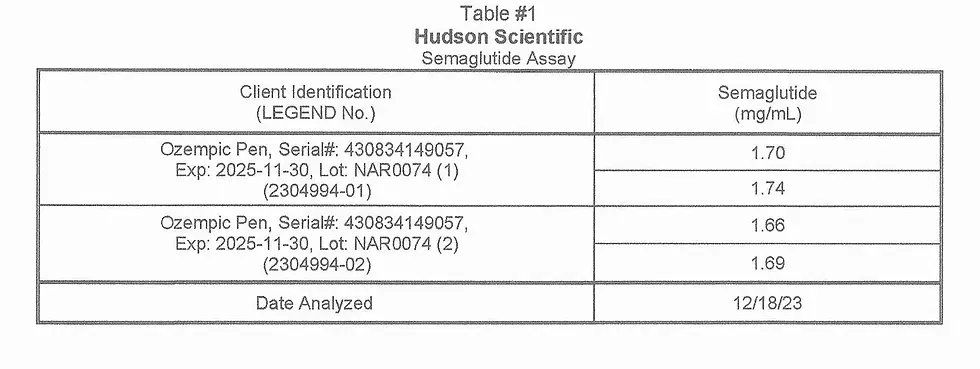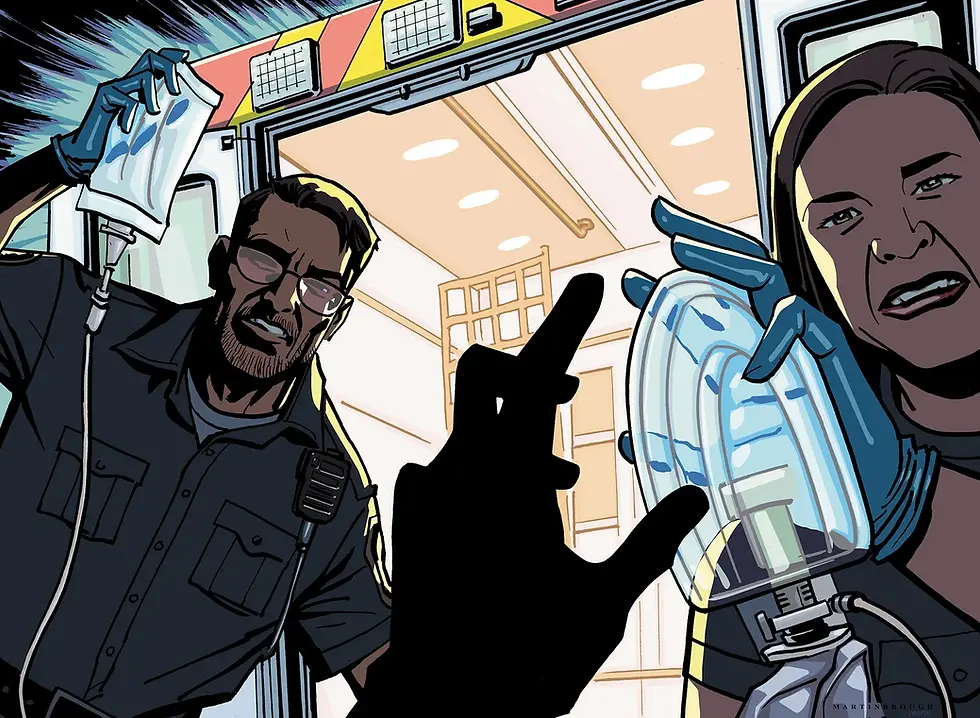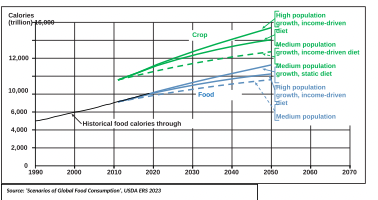The Alarming Rise of Counterfeit Ozempic: A Global Threat
- Swasti Sharma
- Jul 19, 2024
- 3 min read
Updated: Oct 2, 2024

The miracle of weight-loss drugs like Ozempic, which have provided hope to millions, has an ominous shadow: a burgeoning counterfeit market. As genuine Ozempic becomes scarce and prices soar, the pharmaceutical underworld is stepping in, with potentially deadly consequences. Katherine Eban’s investigation into this issue sheds light on the alarming extent of the problem and the complex network of criminal activity surrounding it.
A Dream Deal Gone Wrong
In December, Dr. James Pinckney II thought he had found a solution to the high costs and shortages of Ozempic. In a cold warehouse in Elmira, New York, he stood before pallets of what seemed to be the real deal. The boxes bore the recognizable logo of Novo Nordisk, the Danish manufacturer of Ozempic. This drug, initially approved for diabetes management, has become wildly popular for its weight-loss benefits, endorsed by celebrities and influencers.
However, Dr. Pinckney’s cautious approach led him to seek verification from Dennis Moore, a former drug investigator. Despite initial promising signs, closer inspection revealed the truth: the pens were counterfeit, with slight discrepancies in needles and labels. The realization came too late. By the time the FDA issued a warning, thousands of counterfeit pens had already entered the market.
The Dark Side of the Gray Market in Counterfeit Ozempic Drugs
The journey of these counterfeit drugs highlights a significant flaw in the pharmaceutical supply chain. While large distributors dominate, numerous small-time middlemen operate in a gray market where drugs are treated like commodities. This market is ripe for counterfeiters, especially when popular drugs like Ozempic are in short supply.
Counterfeit drugs often have criminal origins, being diluted, mislabeled, or replaced with cheaper ingredients. The allure of high profits and desperate customers makes it easy for counterfeiters to exploit the system. This isn’t just a problem of fake labels; it’s a threat to public health, with potentially fatal consequences.
A Global Network of Crime Involving Counterfeit Ozempic
The production and distribution of counterfeit Ozempic are not isolated incidents but part of a sophisticated global network. These criminals are well-organized and constantly adapting their methods. From Turkey to Austria, counterfeit Ozempic has made its way across borders, often involving complex chains of distribution that make it difficult to trace the origin.
The stakes are high. Patients have suffered severe reactions, including seizures and comas, after using counterfeit drugs. The FDA has received reports of multiple adverse events linked to these fakes, and the global scale of the problem is daunting.
Fighting Back: A Tough Battle
Novo Nordisk and law enforcement agencies are fighting back, but it’s an uphill battle. The pharmaceutical giant has beefed up its security, hiring experts to tackle the issue. Yet, the counterfeiters are always one step ahead, using advanced methods to replicate and distribute fake drugs.
International efforts, such as Operation Pangea, aim to curb the flow of counterfeit pharmaceuticals, but challenges remain. Countries like Turkey, which subsidizes its drugs, have become hotspots for counterfeit activities. Law enforcement struggles with limited resources, weak international laws, and corrupt systems that turn a blind eye to criminal activities.
The Human Cost
The human toll of counterfeit Ozempic is severe. Patients seeking a miracle cure for their weight issues are instead facing life-threatening consequences. The stories of individuals suffering from hypoglycemic attacks and other severe reactions highlight the dire need for stricter controls and better enforcement.
The counterfeit drug industry isn’t just a legal issue; it’s a moral one. The desperation of patients is being exploited by those who see an opportunity for profit, regardless of the cost to human life.
Conclusion
The rise of counterfeit Ozempic underscores a critical issue in the global pharmaceutical supply chain. As long as there is demand, counterfeiters will find ways to supply, often at great risk to consumers. Vigilance, stronger laws, and international cooperation are more crucial than ever. Only through coordinated efforts can we hope to protect patients from the dangers lurking in the shadows of the pharmaceutical industry.
Additionally, tools like tradePhlo can assist importers and exporters in identifying counterfeit traits by flagging discrepancies in documentation, thus providing an extra layer of protection against counterfeit pharmaceuticals.

















Comments